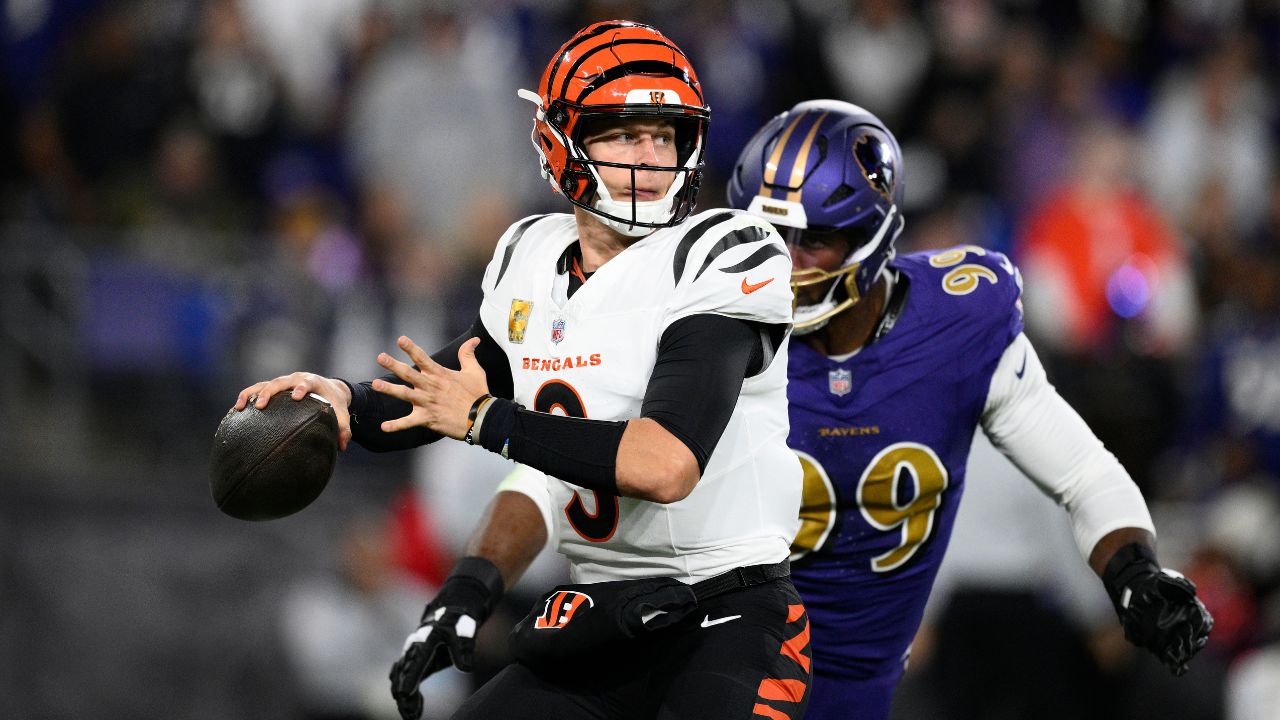
Major League Baseball’s new Joint Competition Committee has voted to ban defensive shifts and to add a 15-second pitch clock beginning in the 2023 season. But the approval comes despite objections from the MLBPA.
The union confirmed that the four active players on the competition committee — which also featured one umpire and six people appointed by MLB — voted against the changes to the shift and the addition of a pitch clock, but ESPN’s Jeff Passan reports that those rules still passed by a vote of 7-4. A third rule, which expands the size of the bases, was approved unanimously by the 11-person committee.
“Players live the game — day in and day out. On-field rules and regulations impact their preparation, performance, and ultimately, the integrity of the game itself,” the MLBPA said in a statement. “Major League Baseball was unwilling to meaningfully address the areas of concern that Players raised, and as a result, Players on the Competition Committee voted unanimously against the implementation of the rules covering defensive shifts and the use of a pitch timer.”
In his own statement, MLB commissioner Rob Manfred said the rule changes will make “the game even better and more enjoyable.”
“These steps are designed to improve pace of play, increase action, and reduce injuries, all of which are goals that have overwhelming support among our fans,” Manfred said in his statement.
Previously MLB had unilateral control over establishing new rules with one year’s notice but the new collective bargaining agreement signed this spring gave the players a voice in the discussion.
A pair of Blue Jays were among the 11 committee members to vote on the rule changes: CEO Mark Shapiro and utility player Whit Merrifield. Other committee members include Cardinals CEO Bill DeWitt Jr., Giants chairman Greg Johnson, Rockies CEO Dick Monfort, Mariners chairman John Stanton and Red Sox chairman Tom Werner. The umpire on the panel is Bill Miller and the other players are Cardinals pitcher Jack Flaherty, Rays pitcher Tyler Glasnow and Giants outfielder Austin Slater. Cubs infielder Ian Happ also participated as an alternate.
Following the announcement, MLB outlined specifics on how the three new rules will be implemented.
Pitch Timer
Pitch Timer: How the pitch clock will increase pace of play pic.twitter.com/czTLdnM1Uh
— MLB (@MLB) September 9, 2022
Under this new rule, a pitcher must begin their motion before the clock runs out. Pitchers will have 15 seconds between pitches with the bases empty and 20 seconds between pitches if there are any runners on bases. Additionally, a pitcher may disengage from the rubber and reset the timer twice per plate appearance and any additional such actions would result in a balk, unless an out is recorded on the basepaths. The disengagement counter resets if a runner advances.
A hitter must be in the batter’s box and ready with at least eight seconds left on the clock and each hitter will only be allowed one timeout per plate appearance. A catcher must be in position behind home plate with at least nine seconds remaining on the clock.
Umpires will be given the authority to provide additional time at their discretion.
Defensive Shift Restrictions
Shift restrictions: More on how the shift restrictions will showcase athleticism pic.twitter.com/SW5SizwZmB
— MLB (@MLB) September 9, 2022
MLB has seen teams increasingly use defensive shifts to plan around expected outcomes and will attempt to combat that strategy with some new restrictions.
The restrictions fall into three subcategories.
Lateral Positioning: Two infielders must be standing on each side of second base when a pitch is thrown.
Depth: All four infielders must have both feet within the dirt boundary of the infield when a pitcher is on the rubber.
No Switching Sides: Infielders cannot switch sides of second base unless there is a substitution made.
Bigger Bases
Bases: How bigger bases will improve player safety pic.twitter.com/64N047KXip
— MLB (@MLB) September 9, 2022
The only rule to get unanimous approval, this change will see the first, second and third bases increase in size from 15 inches square to 18 inches square.
The rule is intended to improve player safety by giving runners and fielders more room on the bag. Additionally, MLB expects teams will attempt to steal more bases as the distance between first and second and second and third will be reduced by 4.5 inches.
With files from The Associated Press.




